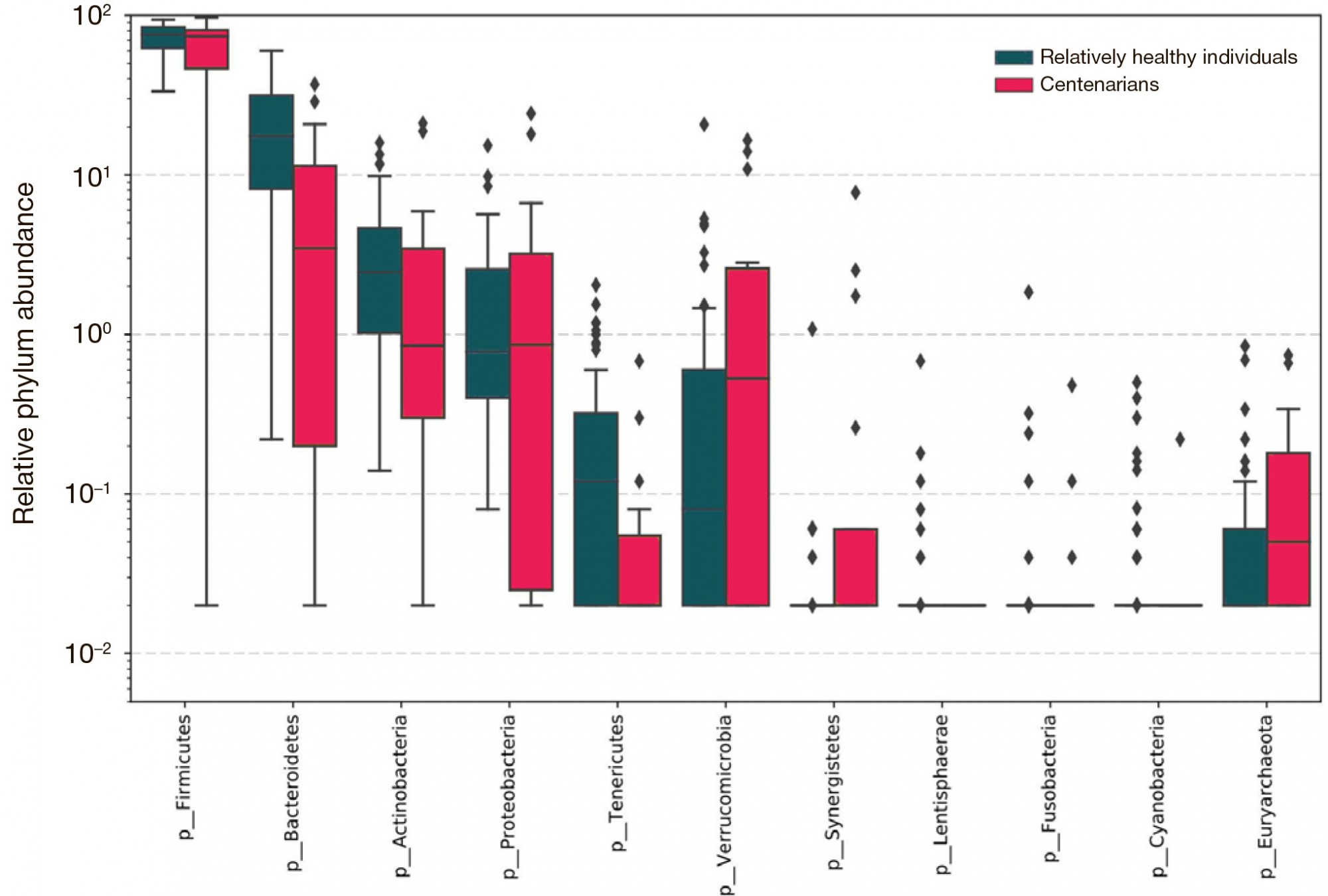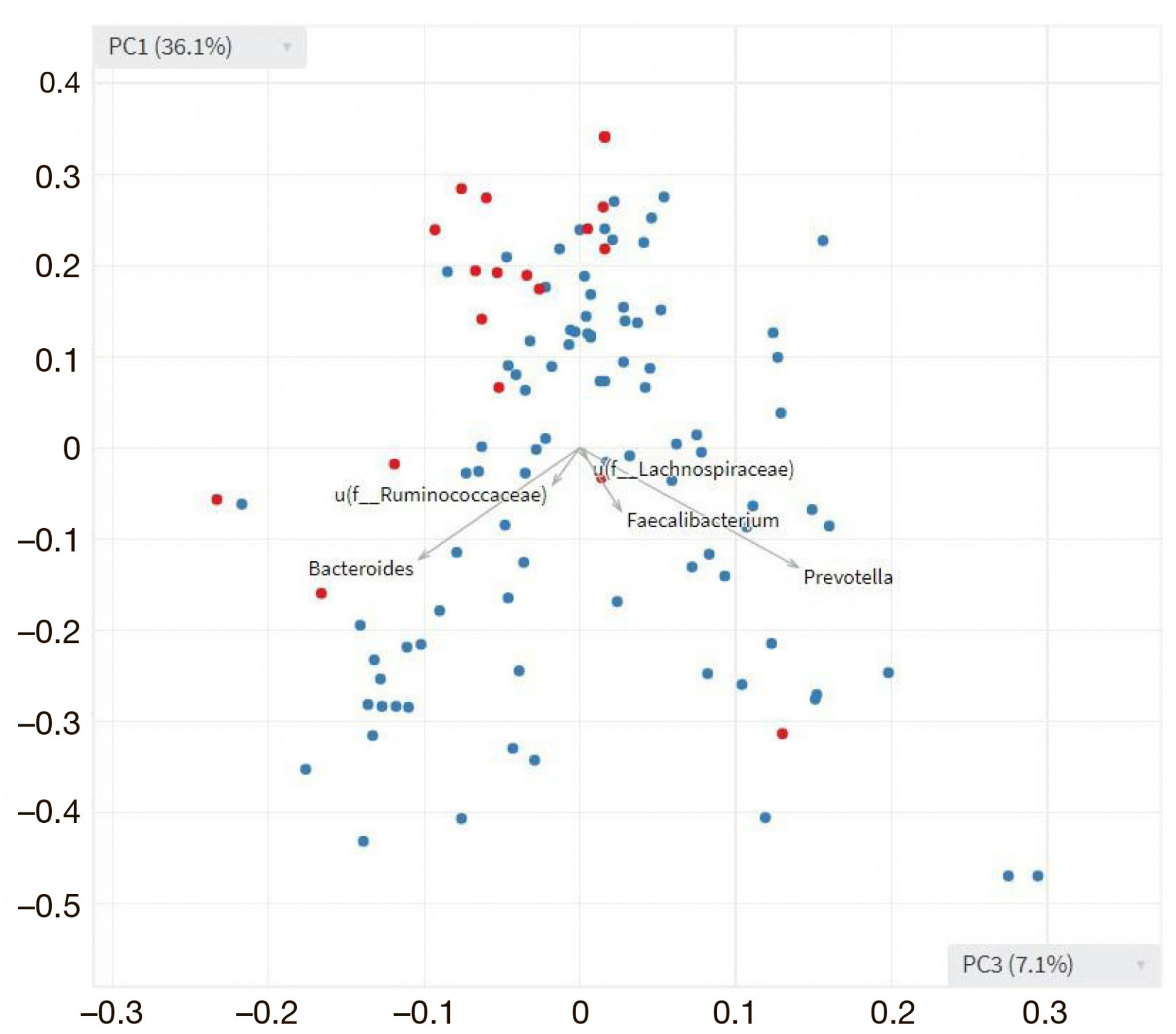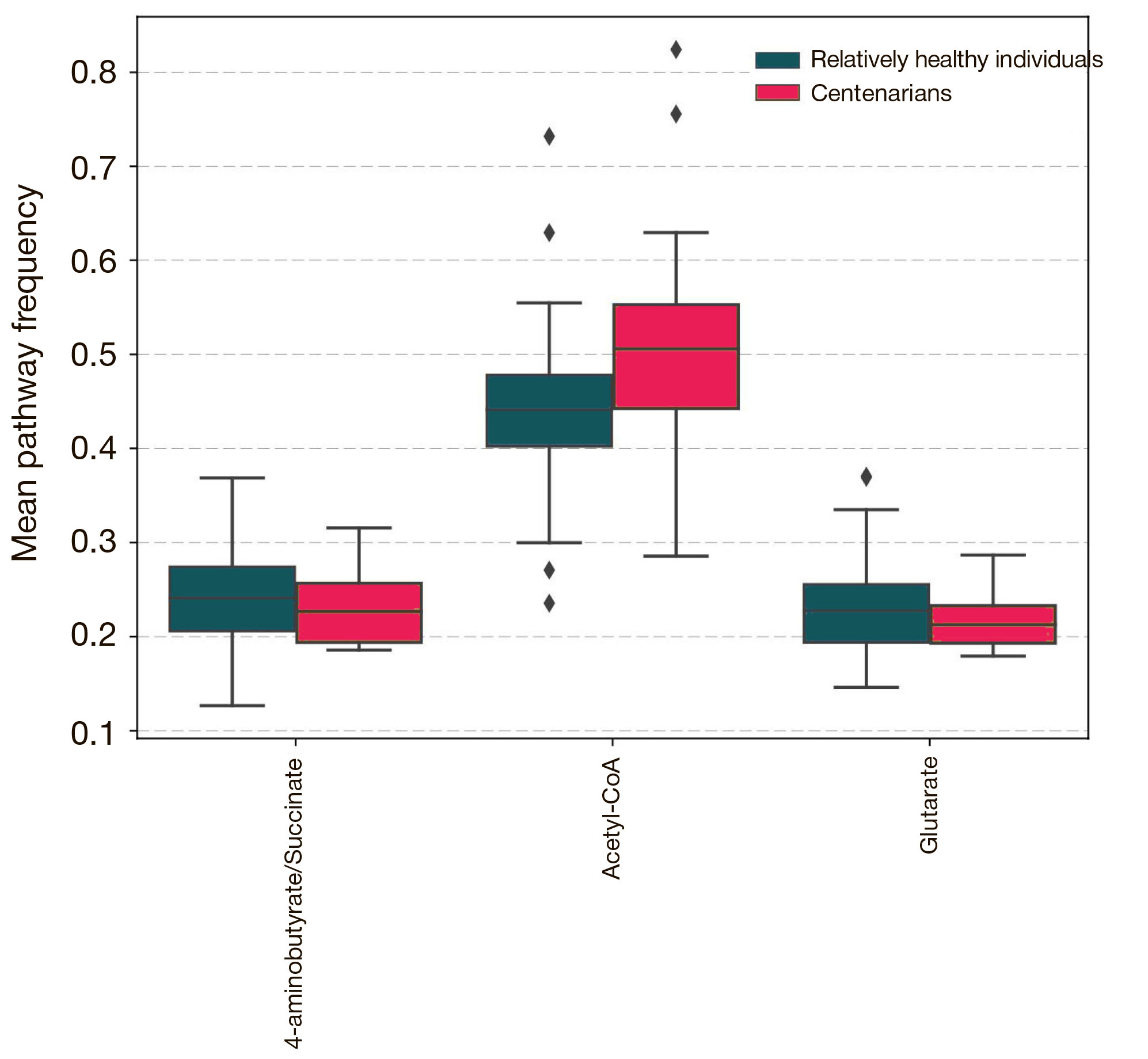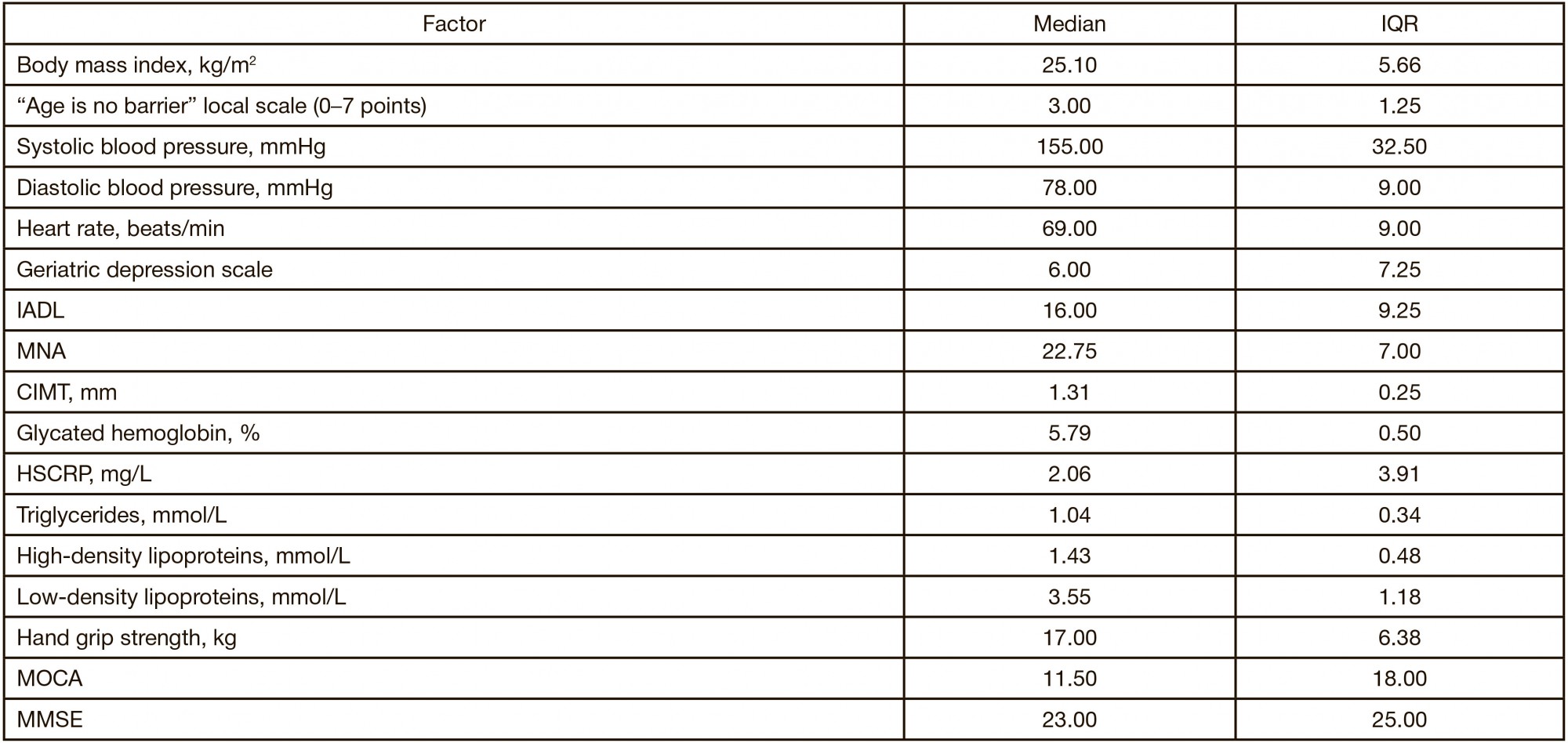
ORIGINAL RESEARCH
Gut microbiota assessment in Moscow long-livers using next generation sequencing
1 Pirogov Russian National Research Medical University, Moscow, Russia
2 Center for Strategic Planning and Management of Medical and Biological Health Risks, Moscow, Russia
3 Institute of Gene Biology, Russian Academy of Sciences, Moscow, Russia
4 Federal Research and Clinical Centre of Physical-Chemical Medicine, Moscow, Russia
Correspondence should be addressed: Daria A. Kashtanova
1-ya Leonova, 16, 129226; moc.liamg@avonathsak.rd
Funding: the study was supported by the Russian Foundation for Basic Research (Grant 19-34-80033).
Compliance with ethical standards: the study was approved by the Ethics Committee of Pirogov Russian National Research Medical University (Protocol № 2 dated March 18, 2016). Informed consent was obtained from all study participants.
Author contribution: Kashtanova DA — study design, participant recruitment, data interpretation, manuscript preparation; Klimenko NS — bioinformatic analysis, data interpretation, manuscript preparation; Strazhesko ID — study concept, manuscript revision; Tkacheva ON — study concept and design; Starikova EV — gut microbiota profiling, manuscript revision; Glushchenko OE, Gudkov DA — gut microbiota profiling; Ilina EN — final revision of the manuscript.






